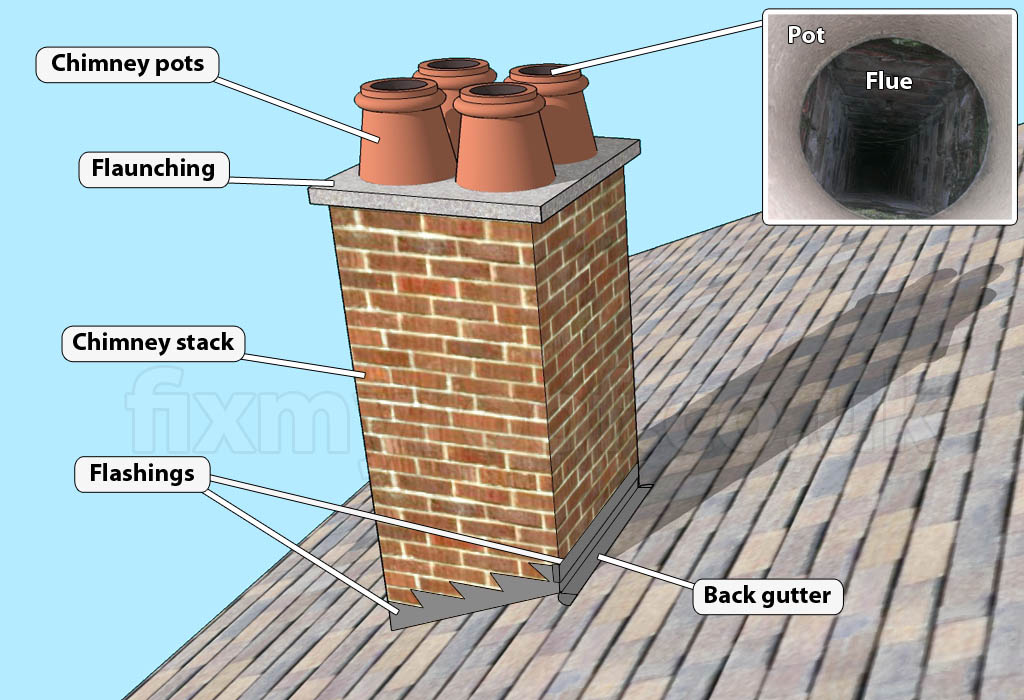

More on this later.Īfter checking the chimney itself, the next port of call is to assess the surrounding area. Building faults that can cause chimney dampĭamp patches on the chimney breast, brown or yellow marks on the walls and ceilings surrounding the chimney often point to damage caused by a water leak or building faults such as inadequate guttering, missing roof tiles, poor flashing details and absorbent masonry. This may become a problem for them in future too so the earliest this issue can be identified the better, for both parties. The best way to identify this problem is to speak to your neighbours. If you share a chimney with your neighbour it is possible that recent home renovations, such as the installation of a wood burner may be causing damp in your home due to poor chimney flue installation or inadequate ventilation. If this is the case, the chimney stack and surrounding brickwork will need to be repointed before the damp issue can be resolved. Damaged pointing allows water and moisture to enter the stack and will quickly cause damp in the chimney. If you have both capped chimney pots and sufficient ventilation, next check for any cracks in the pointing of the chimney stack. In the room below, it is necessary to have chimney vent installed just below ceiling height. At the top, the best option is to fit a terracotta cowl or elevated cap to the chimney pot, which keeps the rain out but allows the air to enter. It is important that unused chimneys are vented at both the top and the bottom, to allow a constant flow of air. If your chimney is blocked up and is capped and sealed at the top, the lack of ventilation could be causing chimney condensation to build up in the void, meaning that when your house warms up, condensation collects and forms damp on the chimney breast surface. We often get asked ‘can a blocked chimney cause damp’? The answer is yes, especially if there is little or no ventilation. It is important that you do not seal your chimney at the top, whether the chimney is in use or not as you want to encourage air flow. In the case of open or damaged chimney pots, add a chimney cowl or cap to protect the stack from letting in moisture. If they are open-topped and your chimney is not in use it’s possible that rain or moisture is entering through the opening and causing damp in your chimney. If your chimney is capped, examine the cap for signs of damage. The first thing to identify is whether your chimney pots are open-topped or capped. When this process occurs over decades, it can cause unsightly chimney damp. Damp caused by chimney stack issuesīurning coal and wood releases tars and salts that then settle into the chimneys of older homes. The visual signs of chimney damp can provide a good indication of where to start looking for the cause. Remember there can also be more than one cause. Your checks will have to be thorough as in some situations it can be a little hard to spot. However, chimneys can experience some other additional potential damp causes.Īs always, the cause of the chimney damp needs to be addressed before damp proofing can begin. Causes of chimney dampĬhimney damp is normally caused, diagnosed and fixed in a similar way to other damp issues.
#Chimney stack menu professional#
If you do not feel 100% confident or don’t have another person to supervise and steady the ladder, we would always recommend hiring a trained professional to carry out the investigation/survey on your behalf. You should only use ladders in situations where it is safe to do so and you have the necessary training to safely complete the job. In order to thoroughly check your chimney and building to find the root cause of the problem, this may involve the use of a ladder. Visual chimney damp problems are usually easy to identify, however finding the cause of the damp is often more difficult.

These signs can be evident, downstairs around the breast, in the above room and the attic. Damp patches that come and go as the weather changes.Signs of chimney dampĬommon symptoms of chimney damp are similar to regular damp but will be isolated solely around the fireplace or chimney breast. In this guide we look at the signs, potential causes and fixes of a damp chimney.
#Chimney stack menu how to#
We regularly get questions here at Permagard about what’s causing damp patches around a chimney and how to stop it. Chimney damp is a common and annoying problem.


 0 kommentar(er)
0 kommentar(er)
